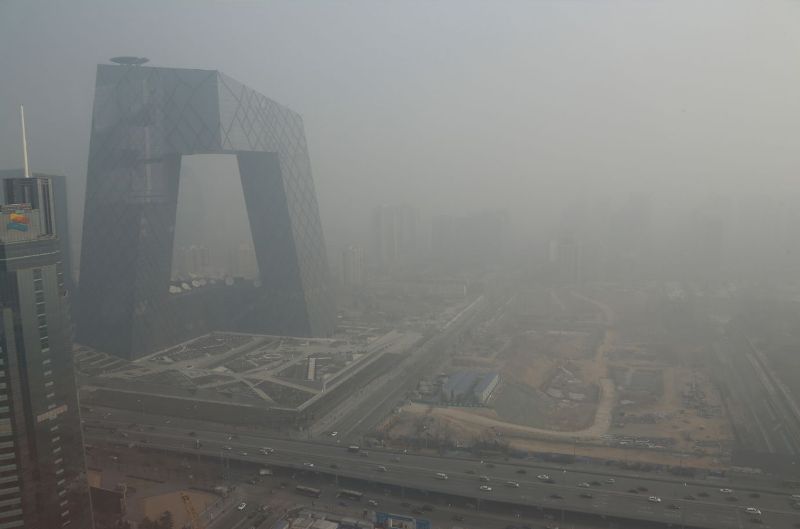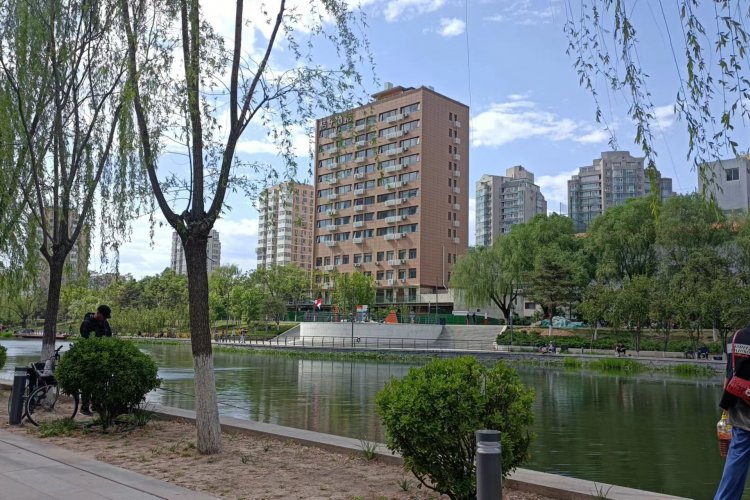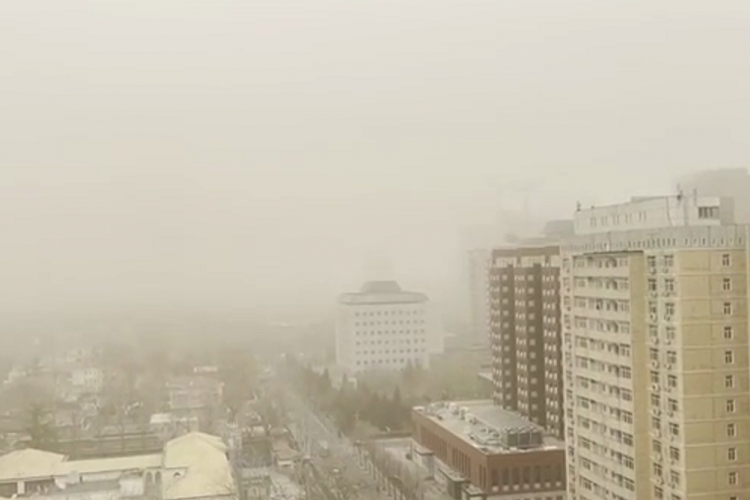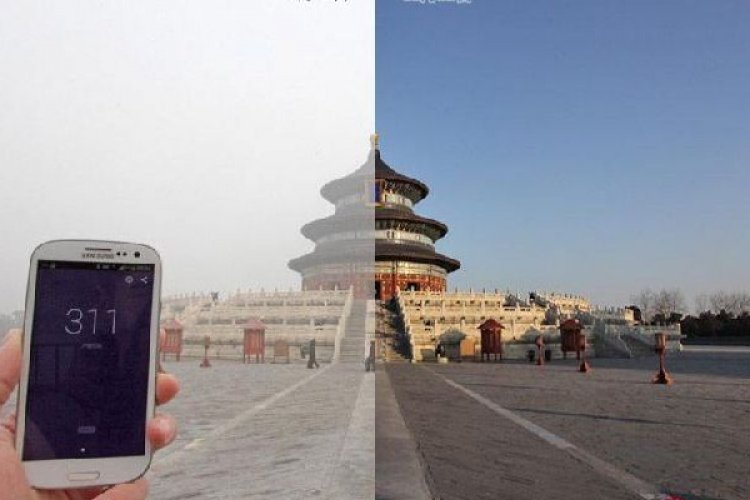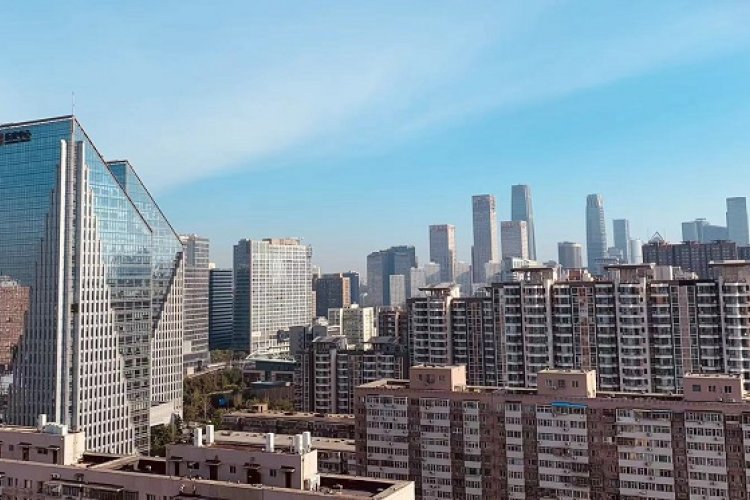Beicology: Capital Makes Smoggy Old Cars Come to a Screeching Halt
As part of its continuing efforts to clear Beijing's notoriously smoggy skies, the capital's environmental protection bureau has deemed old, exhaust sputtering cars to not be road worthy during the issuing of orange and red alerts.
The ban on "high polluting old cars" as described in a November 21 Reuters article, is set to take effect on February 15 2017. Cars made over a decade ago will not meet the new criteria and thus must remain parked whenever the AQI soars. Drivers in violation of the rule will be slapped with an RMB 100 fine for every four hours that they rev their pollution belching engines.
While that punishment may seem minor, the number of drivers that actually deviate from such standards appears even more negligible, amounting to just eight percent. However, the condition of their engines is drastic enough to account for 30 percent of the nitrogen oxide emissions that result in hazy high AQI.
Liansai Dong, a spokesperson at environmental NGO Greenpeace East Asia, told the Beijinger that such exponentially high fumes make the fines justified. "Older car models have looser emission control, so setting restrictions on them will have an impact on air quality." Dong wouldn't comment on whether the fines were strict enough, saying: "Greenpeace does not have research on traffic laws. The strictness of the fine could be determined by comparison with other violations that lead to death and injury, such as collisions, dangerous driving, and so on. Greenpeace would encourage Beijing government to ensure that the regulation is strictly implemented."
As previously reported, the government aims to reduce Beijing's PM2.5 levels by 30 percent over the next five years, while also boosting the total number of inhale-friendly blue sky days by 204 annually before that same deadline. Seeing as raggedy old cars account for such a high percentage of hazardous nitrogen oxide, then the new crackdown may very well prove integral to that five year plan (not to mention the healthy pinkness of Beijingers' lungs).
RELATED: Everything Smog in Beijing
However, Dong was also quick to point out that an even more successful strategy would be for the authorities to put a greater focus on an entirely different polluting culprit.
"People in Beijing tend to focus on traffic pollution since cars are heavily involved in daily life. But it is worth emphasizing again that coal used in coal-fired power plants, domestic heating boilers and industrial boilers, though often out of sight, is the biggest cause of smog in the North China region," Dong said, before noting that about 50 percent of heavy air pollution is due to trans-boundary transportation of air pollutants, most likely from industrial emission from neighboring provinces like Hebei and Shandong. Dong added: "Given the trans-boundary nature of air pollution, Beijing cannot clean up its air if the surrounding provinces are still heavily polluted by coal."
More stories by this author here.
Email: kylemullin@truerun.com
Twitter: @MulKyle
WeChat: 13263495040
Photo: clearlifestyles.com
Related stories :
Comments
New comments are displayed first.Comments
![]() WayDaLone
Submitted by Guest on Tue, 12/27/2016 - 11:26 Permalink
WayDaLone
Submitted by Guest on Tue, 12/27/2016 - 11:26 Permalink
Re: Beicology: Capital Makes Smoggy Old Cars Come to a...
What about commercial vehicles with their smoke belching tail pipes. Take a drive around the south/west corner of the 5th ring road in the morning. You can see the smog getting thicker as you approach.
Validate your mobile phone number to post comments.

